Hedgerow Heroes
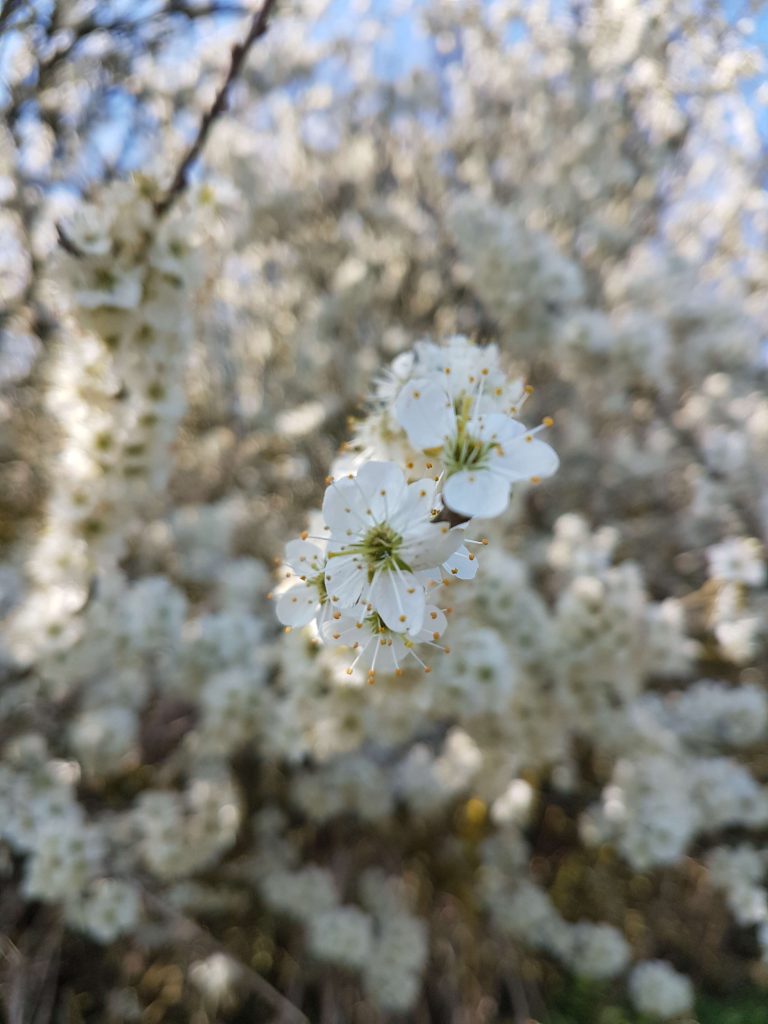
Hedgerows are such a usual part of the British countryside (and plenty of urban areas too) that we usually barely notice them as we pass. They separate one field from another, run alongside paths and some of us even have hedges in our gardens. According to the RSPB, we have around 547,000 kilometres of hedgerows in England alone.
But how often do we think about what the humble hedgerow is doing for our environment?
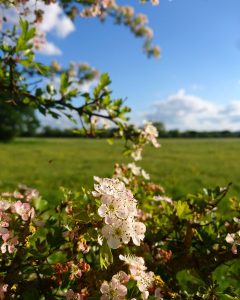
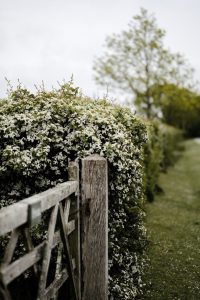
Hedges are more than just lines marking property edges – they’re hardworking habitats supporting a colourful array of life and providing benefits for us and nature. Perhaps the best-loved resident of UK hedgerows is the hedgehog (the clue is in the name). These cute creatures feed on mice, frogs, worms, caterpillars, slugs, and toads, as well as plants and fruit – all of which can be found in hedgerows. The rarely spotted dormouse can also make its home in hedgerows, although you’ll be lucky to spy one of these shy residents. Hedges also provide corridors and resting spots for Britain’s other night-time patrollers, like badgers, foxes and bats. The RSPB reports that hedgerows support around 130 different priority bird species including bullfinches, turtle doves, whitethroats, linnets, dunnocks, yellowhammer and willow warblers. That already sounds like a lot.
It’s easy to think of a hedge as just a hedge. But it’s actually an interwoven ecosystem made up of tonnes of different plant species. The PTES reports that the more species-rich the hedge is – that is, the more different types of plant grow there – the more valuable it is for wildlife. From the grasses and wildflowers at the base, to the small shrubs, brambles and bushes right up to hedgerow trees, everything has a part to play. These plants produce flowers, blossom and berries – frequently looking photo-worthy for us but also providing a valuable food source for our beloved wildlife.
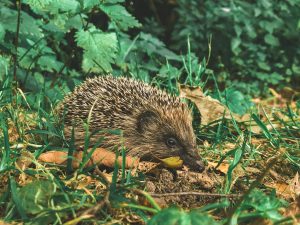
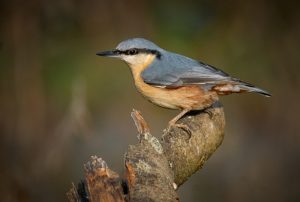
A simple hedge can support hundreds of different types of insects which serve to feed hungry birds, reptiles and mammals, pollinate crops and flowers (thank you bees!) and often help protect farmers crops against problematic or pest insects like aphids.
All in all, hedges are looking like the heroes of our countryside. But wait… there’s more. They’re also immensely beneficial to soil health. Did you know, one inch of soil takes over 500 years to form? So it’s particularly problematic when rain and wind wash fertile (farming) soil away into rivers or drought degrades its usefulness. Hedgerows act as natural barriers, with their deep, established roots helping to lock moisture-rich and nutrient-rich soil in place. Hedgerows also help prevent polluting fertilisers and pesticides from reaching watercourses, since they are a physical barrier and a soil filter.
Farming has become more intensive over the last century and bigger farmed spaces are needed to produce bigger yields, which requires bigger machinery. All of this means that hedgerows were lost (and still are being lost) to make it easier to manoeuvre on the land, although more recently, there have been some protections in place to attempt to halt the destruction. On the other hand, some hedgerows have also suffered from under-management, or neglect. When trees or plants have died, gaps have formed which haven’t been taken care of and so the quality of the hedgerow has declined.
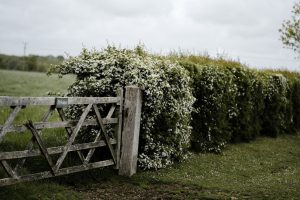
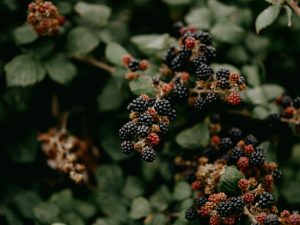
So, can we do anything to help our hedgerows?
Absolutely!
First and foremost, of course, you can keep up-to-date with laws and legislation around farming, biodiversity and hedgerows, and you can get in touch with your local MPs at key moments to ask them to lobby for change. You can also ask your council to cut its hedgerows and verges less often, perhaps by participating in something like No Mow May – it saves the council money as well as aiding biodiversity. But if that sounds a bit daunting, there are things you can do easily from home.
- Plant a hedge in your garden instead of a fence (if you can).
- If you have a hedge that is all one species – like a box hedge, for example – you could switch it out gradually for a greater variety of hedging plants, thus increasing the biodiversity in your garden.
- When your hedge drops leaves and dead twigs, allow them to remain at the base for our hedgehog friends.
- Try only cutting your hedge every 3 years, rather than every year. This allows hedges to provide 3.4 times the mass of berries than those cut annually.
- Do a (safe) litter pick in your local hedgerows. This will help remove stray plastic and metal that could harm the small animals roaming there.
- If you love to forage for treats like blackberries or sloes, try to only take the amount you’ll really use and eat, and leave plenty for the wildlife.
Sources:
https://www.rspb.org.uk/helping-nature/what-we-do/influence-government-and-business/farming/farm-hedges/benefits-of-a-hedgerow including the Mind The Gap downloadable brochure.
https://hedgerowsurvey.ptes.org/biodiversity
https://www.soilassociation.org/take-action/protect-the-environment/why-are-hedgerows-so-important/
https://www.wildlifetrusts.org/wildlife/managing-land-wildlife/how-manage-hedgerow-wildlife

Responses